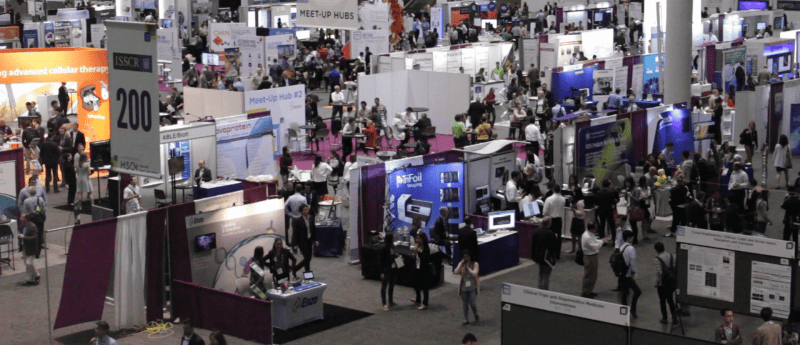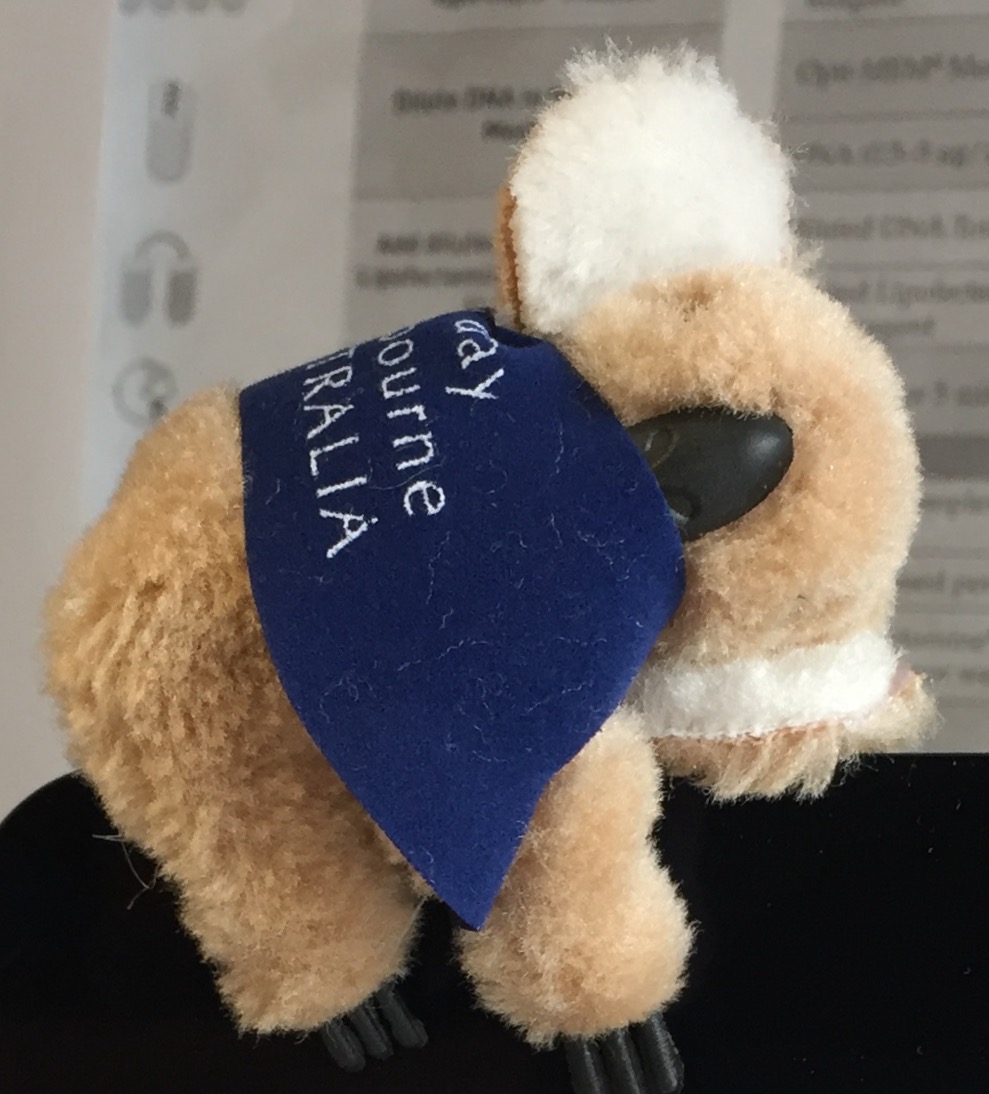A novice approach to ISSCR2017

In this RegMedNet community post, Ian Manho Li shares his experience as a first-time attendee of ISSCR.
So I ventured into the world of stem cell research just four months ago and seeing as the 15th annual ISSCR meeting was being held locally in Boston, thought this is a great opportunity to meet and hear the latest work in this field — spoiler: I was not disappointed!
In June nearly 4000 scientists descended onto south Boston to embark on a whistle stop tour from transcription and cell reprogramming all the way to the final stop, cell therapy. Jammed in were focus sessions, seven plenary sessions, four concurrent sessions and plenty of networking and luncheons for young investigators. Running shoes were a must if you wanted to jump between concurrent sessions (I learnt the hard way) but highlights for me all came from plenary sessions.
The goal for this session is to run between 258 and 205 in between talks #ISSCR2017
– Ian Li (@IanMHLi) 15 June 2017
After introductions from ISSCR president Sally Temple, Shinya Yamanaka reminded us of the trials and tribulations of taking iPSC therapies into clinics. Although the first successful transplant was carried out in Japan this year, the high cost of analogous treatment is still a prominent feature. This has led to the quest for the super-donors of HLA haplotypes that will allow for a “stock” of iPSC cell lines to be developed and shipped. However, this was not without problems as clones gained mutations in oncogenes apparently dependent on user handling and culture techniques in different centers. The take home message: our culture techniques can introduce stress onto cells, resulting in divergence or preference to mutations and screening is paramount.
Another stand out talk came from Richard Young, Whitehead Institute, as it hits close to home, namely my doctoral work. He addressed the concept of chromosome neighborhoods (how enhancers can communicate to multiple genes within a topological domain) and how we define non-coding DNA element regulatory actions in a more logical manner. This reminded me of a question: how can we define what gene we’re actually regulating with an enhancer? It turns out that up to 70% of disease annotated elements may be mislabeled (which might not come as a shock to all, but I wish I had heard this 6 months ago while writing my thesis!).
Getting work envy @ISSCR 2017, I always loved enhancers but enhancers in chimps? Amazing! #ISSCR2017
– Ian Li (@IanMHLi) 14 June 2017
Alongside organoid research, tissue regeneration was a strong topic; Peter Reddien treated us to a talk on the flat worm, the Planarians, an organism that is capable of remarkable regeneration after loss of limbs, including their eyes. The planarian’s stem cells, arising from neoblasts, can establish dorsal-ventral identities when the head and tail are removed and modulations of these signaling cascades is shedding light on the transcriptional programs that lead to different cell linages in these creatures. Emi Nishimura addressed hair follicle aging (and why we get grey hairs) and how a loss of stemness and commitment to epidermal linage leads a cell-centric aging process. Additionally, she reminded the audience that removing these grey hairs results in damage to the stem cells (so don’t pull your hair, no matter how stressed you are!).
The most memorable talk came from Sanford Greenberg. His heartfelt account of how he lost his sight at the age of 19 and the struggles it entailed. This resulted in a call to arms to the scientific community to put efforts into ending blindness by 2020.
Ok this is the coolest thing I got from the conference @echolabs_SD #ISSCR2017 pic.twitter.com/EgMSHB8y8F
– Ian Li (@IanMHLi) 18 June 2017
The poster session format was a new one for me; posters were there for one night only! This gave a fresh feel every day and was a great opportunity to talk to researchers, get new idea, explore new techniques and make collaborations.
Although, communication of the scientific data during the sessions was prohibited, Twitter became a useful tool. It provided quick day summaries and kept attendees and non-attendees informed of emerging ideas from concurrent session and was a great tool to meet new researchers. I would highly recommend following Jaimee Hoefert, University of Colorado (@JaimeeHoefert), and Samantha Yammine, University of Toronto (@SamanthaZY), for all things science-y.
And we’ll hopefully see you in Melbourne for ISSCR2018!
